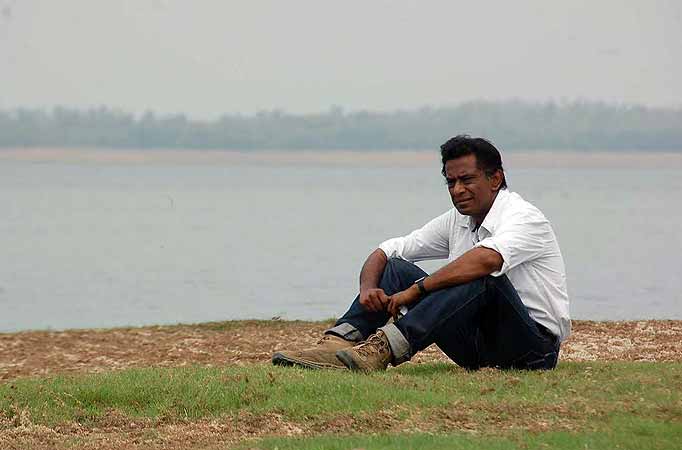


But Mukherjee’s straightforward travelogue imagery doesn’t succeed in conveying that strangeness, that sense of pushing far beyond the boundaries, that must have thrilled him when he read the story as a boy. Gazing at these vistas, it’s pleasant to think that less than a century ago there were still places on Earth that seemed almost as terrifying to us in their emptiness as the surface of the moon it’s certainly possible to feel nostalgia for a time when we still had a sense of irreducible wilderness. He takes his camera and his plucky actors up one mountain after another, framing them against golden landscapes that seem to go on forever. The movie’s heart is clearly in the right place writer-director Mukherjee honors his characters for being loyal and tolerant, and he clearly has a feeling for the beauty of the African countryside. On the last legs of his journey, Shankar visits cathedral-vaulted stalactite caves and trudges across the sands of the Kalahari. Less successful is an encounter with a seemingly mythical creature, the Bunyip, who turns out to be all too lumberingly real, rather like a walrus crossed with a sabertooth (the f/x in this bit are not quite as topnotch). The main quest at the center of the story is Shankar’s expedition, with a fiercely bearded Portuguese traveler, Diego Alvarez (Gerard Rudolf), to find the legendary diamond mines of the Mountains of the Moon, in the barren Richtersveld area of South Africa.Īdditional challenges include climbing a sheer rock wall with his bare hands while being hissed at by snakes, and running like mad from a volcanic eruption in a nicely realized special-effects sequence. When a man-eater prowls the area of his station, stalwart Shankar does his duty by setting a trap in the Masai way, drenching himself with animal blood and leading the beast into an ambush.Įventually, even these daily dangers begin to pale, and he quits his day job with the railway in order to set off deeper into the wilderness. Incurably restless, Shankar rides around the area, running into seeming danger that turn out to be minor: poisonous black mambas that slither slowly, colorful dancing Masai tribesmen with long spears who are downright gentlemanly. It turns out to be even pokier than his dusty hometown only one train comes through a day. His post, in a rural territory called Nakura, doesn’t supply the quick fix of excitement Shankar was hoping for.


 0 kommentar(er)
0 kommentar(er)
